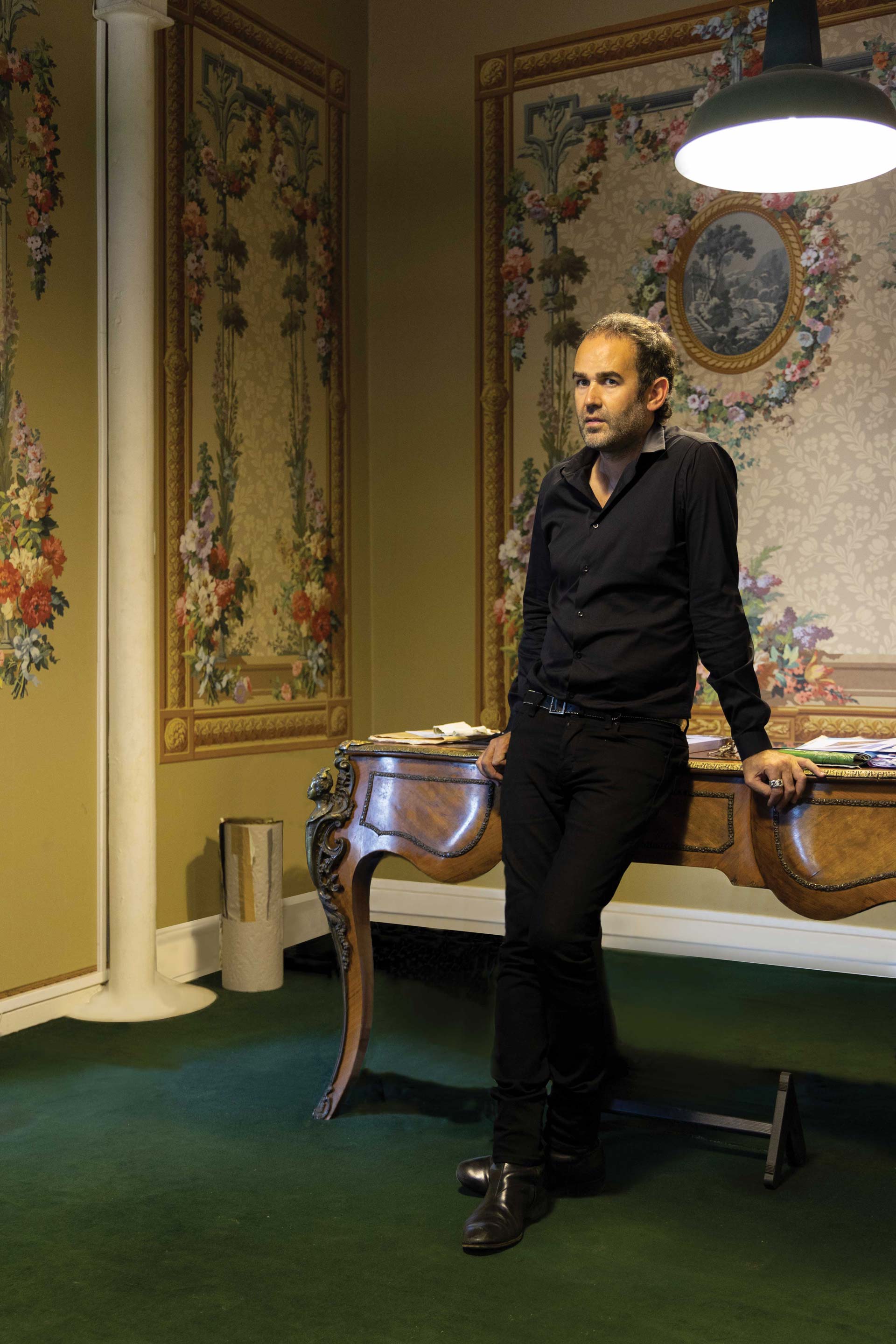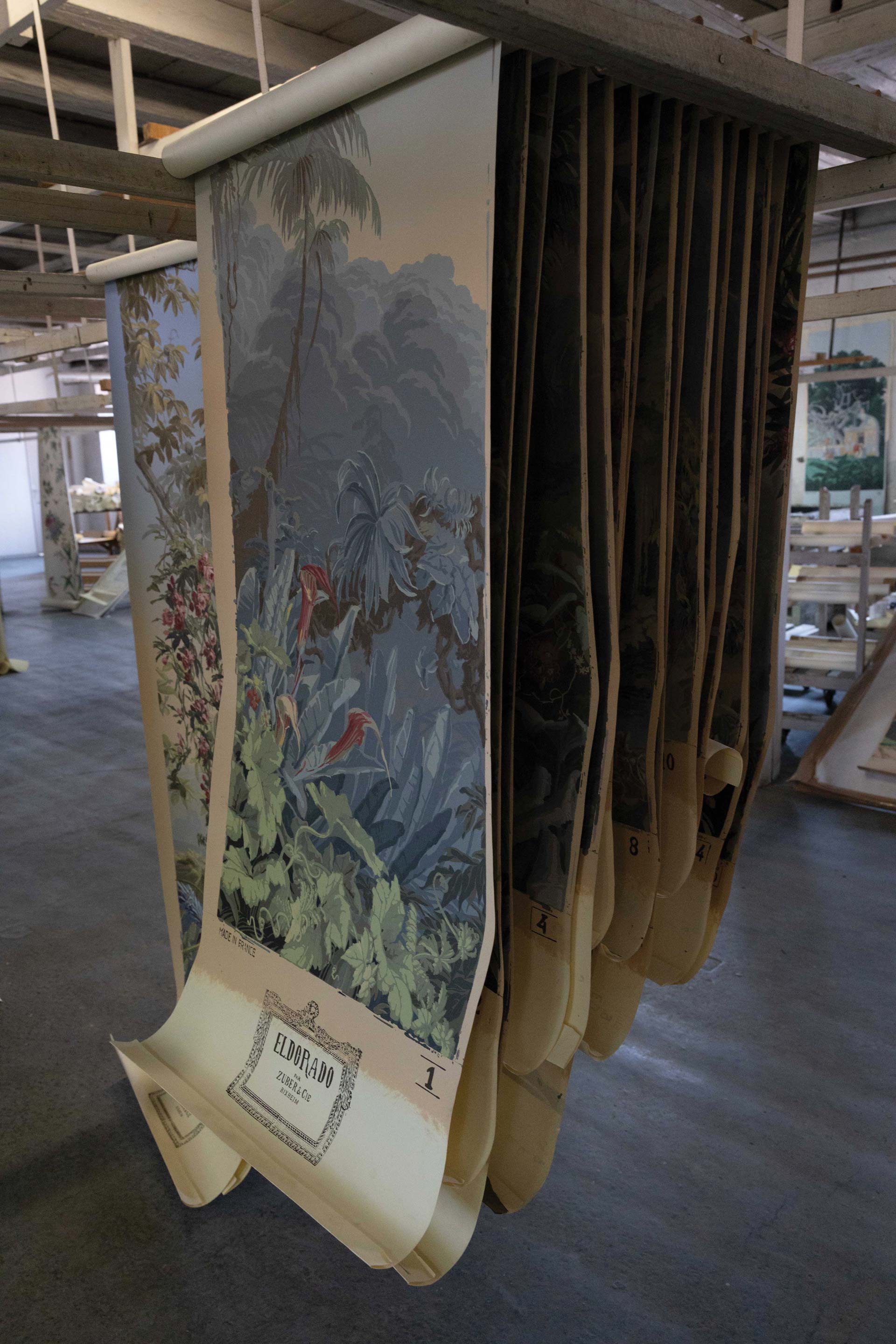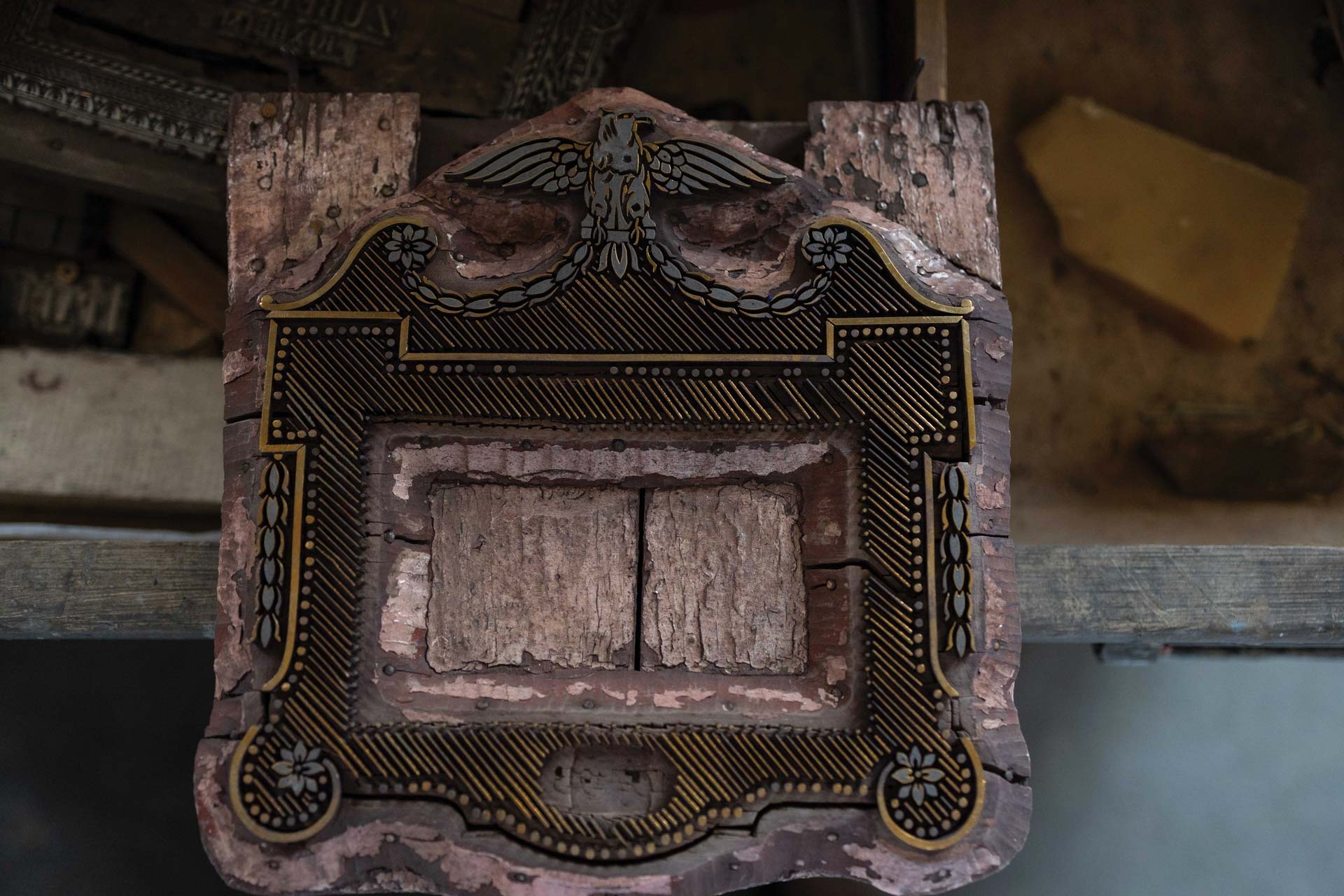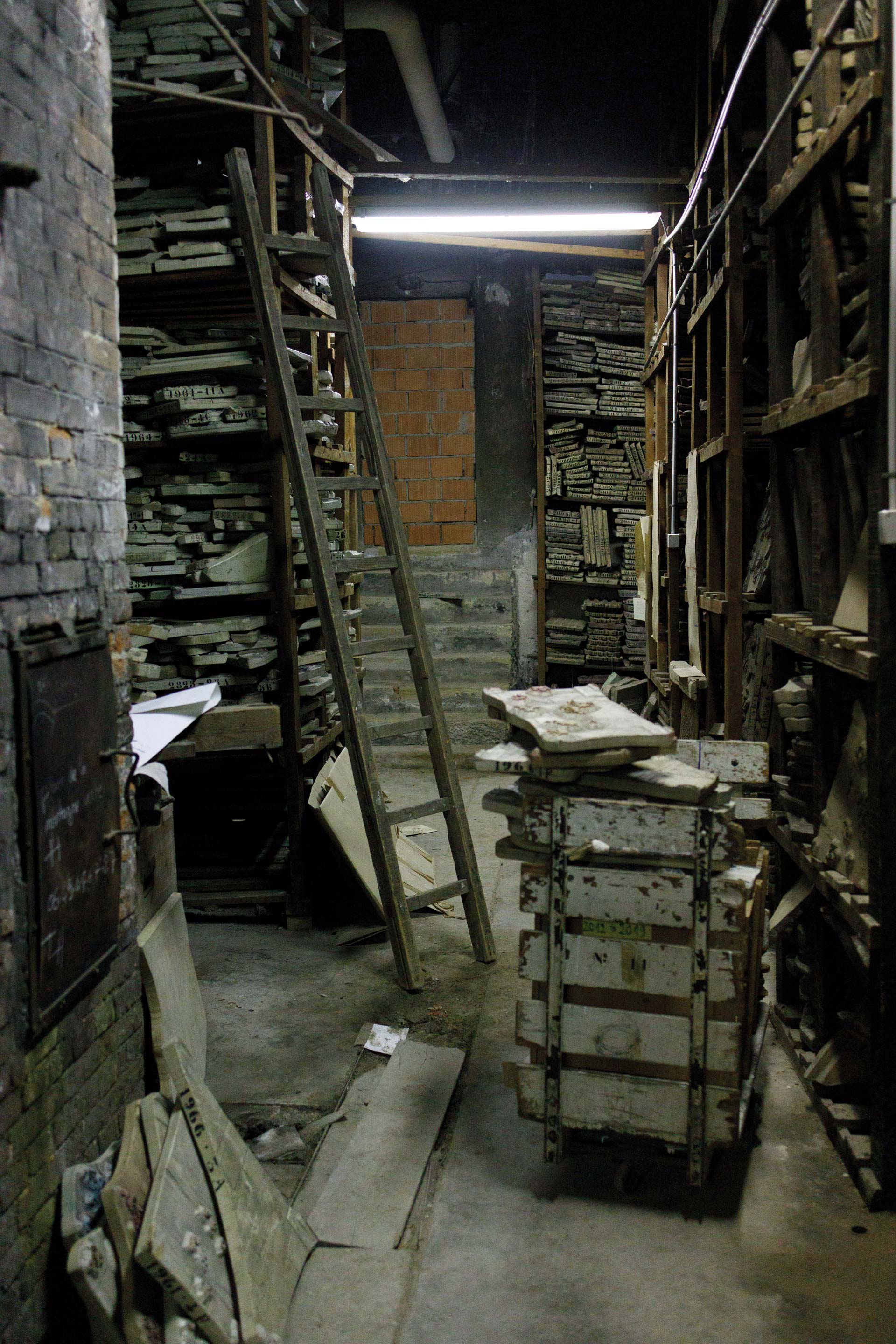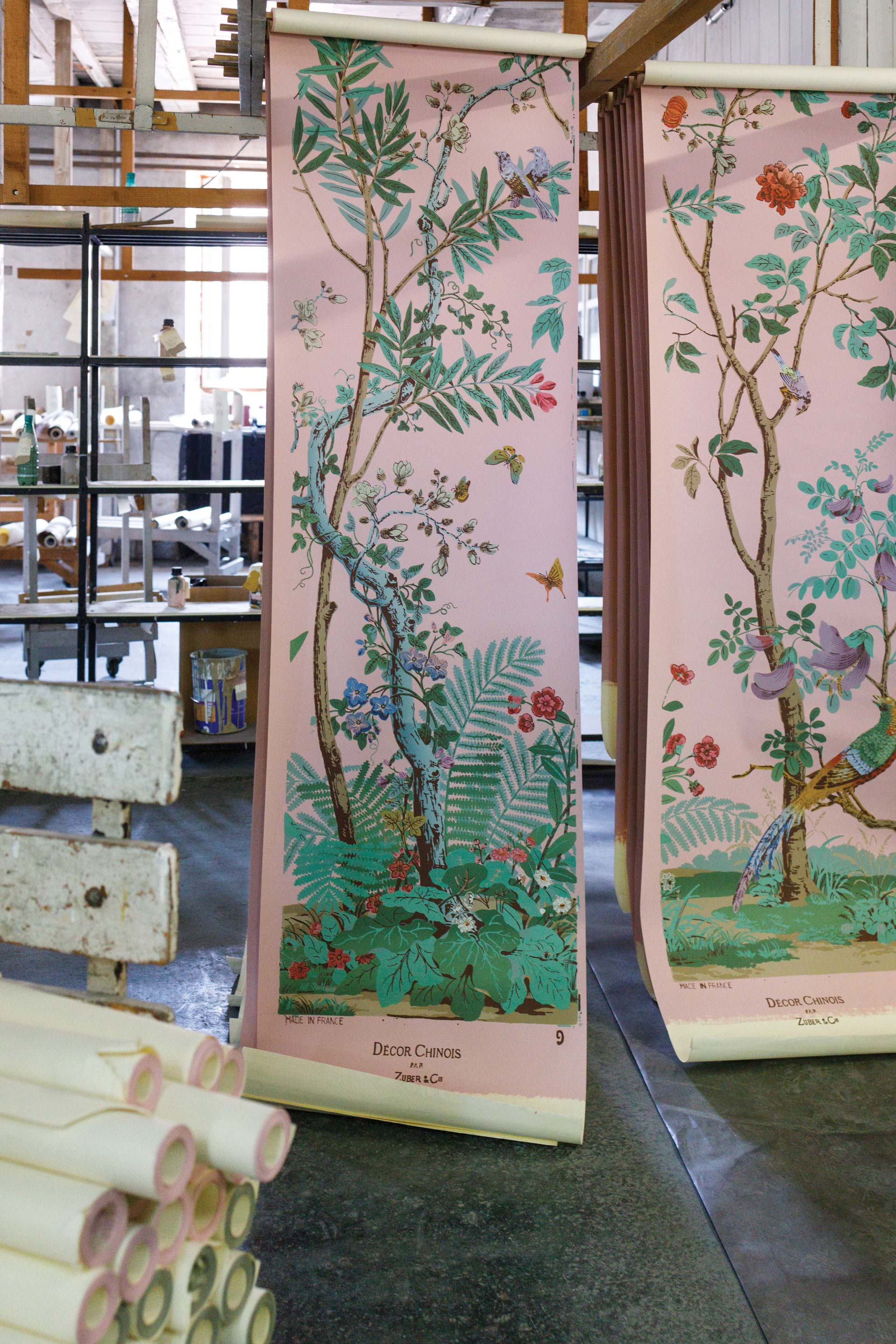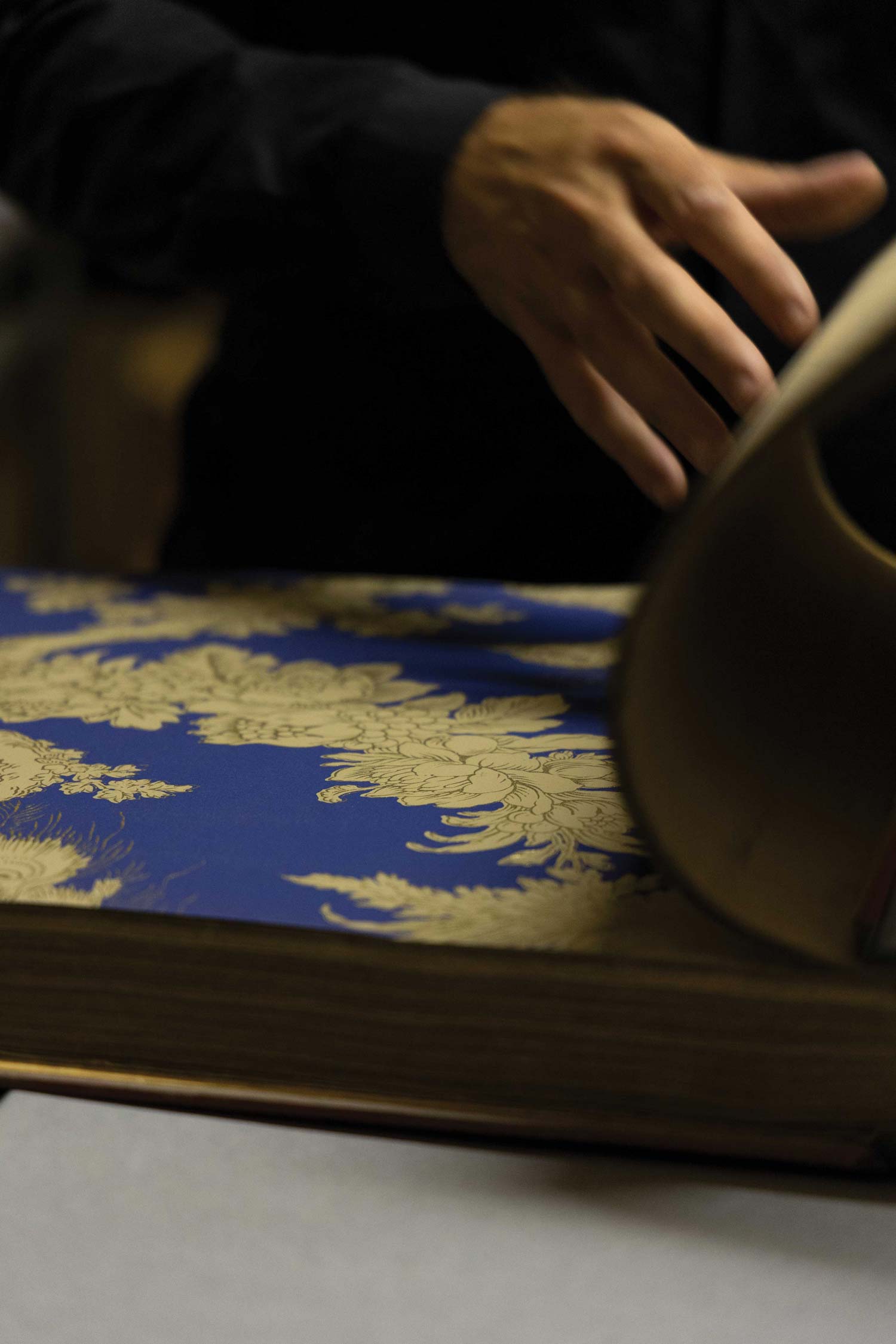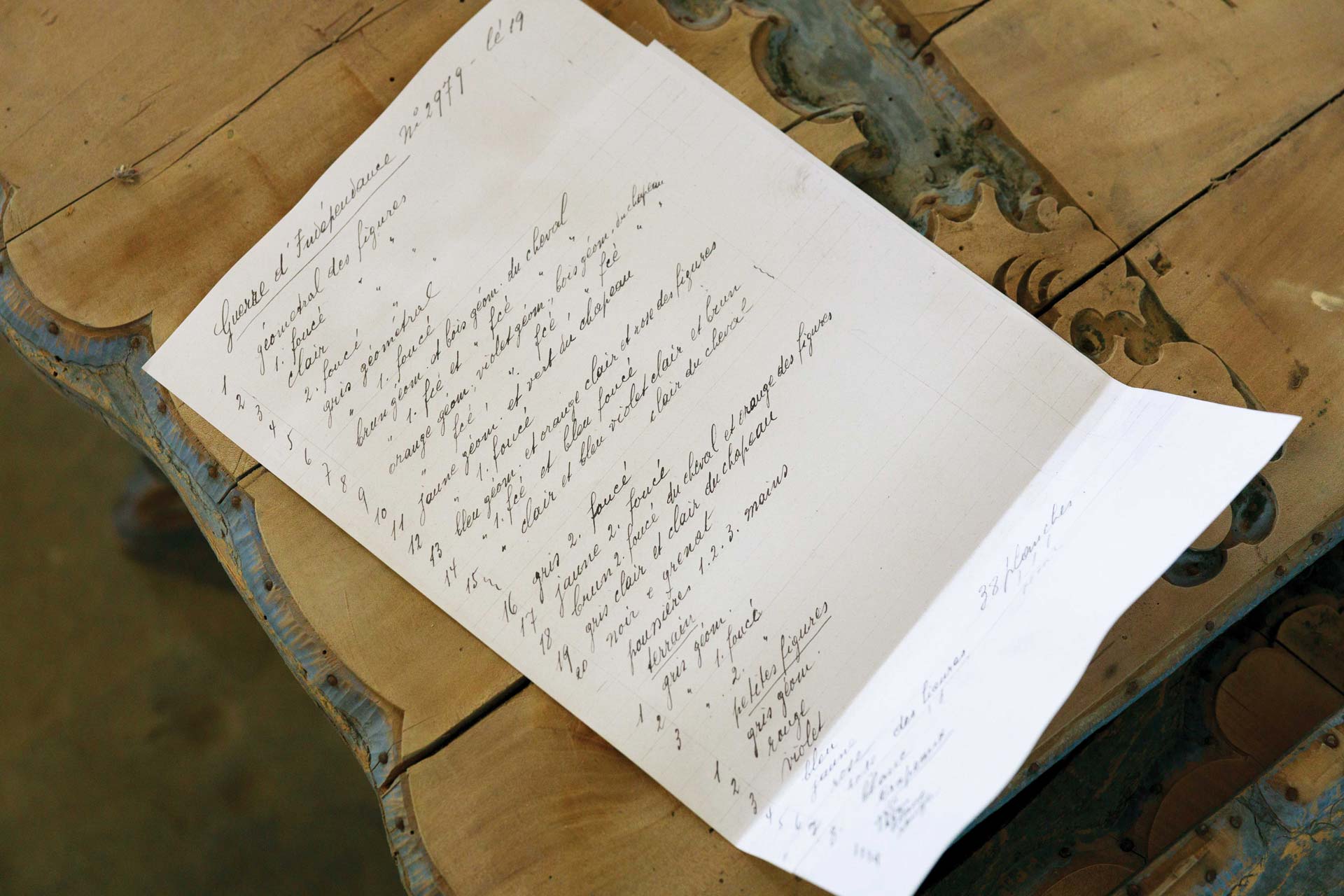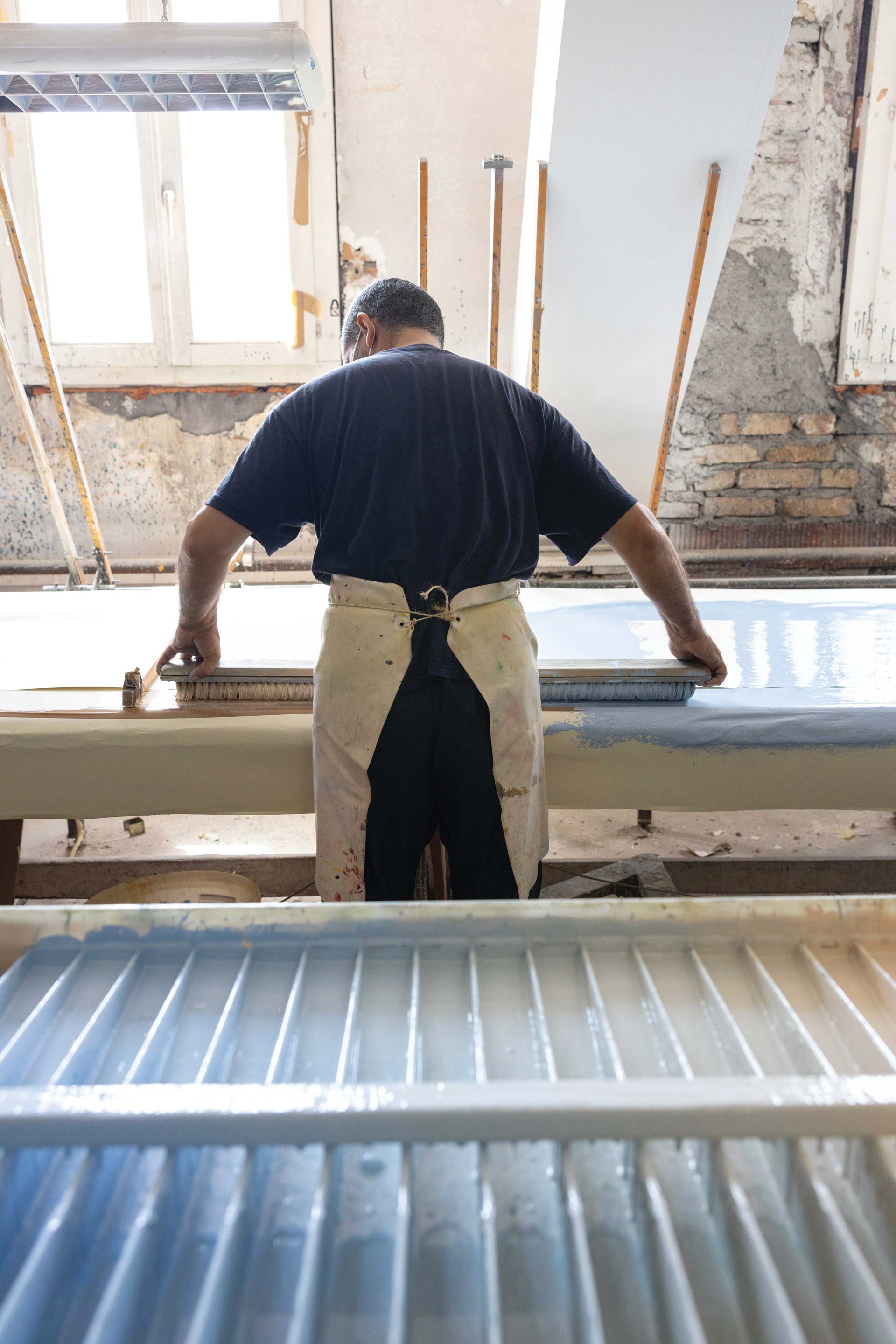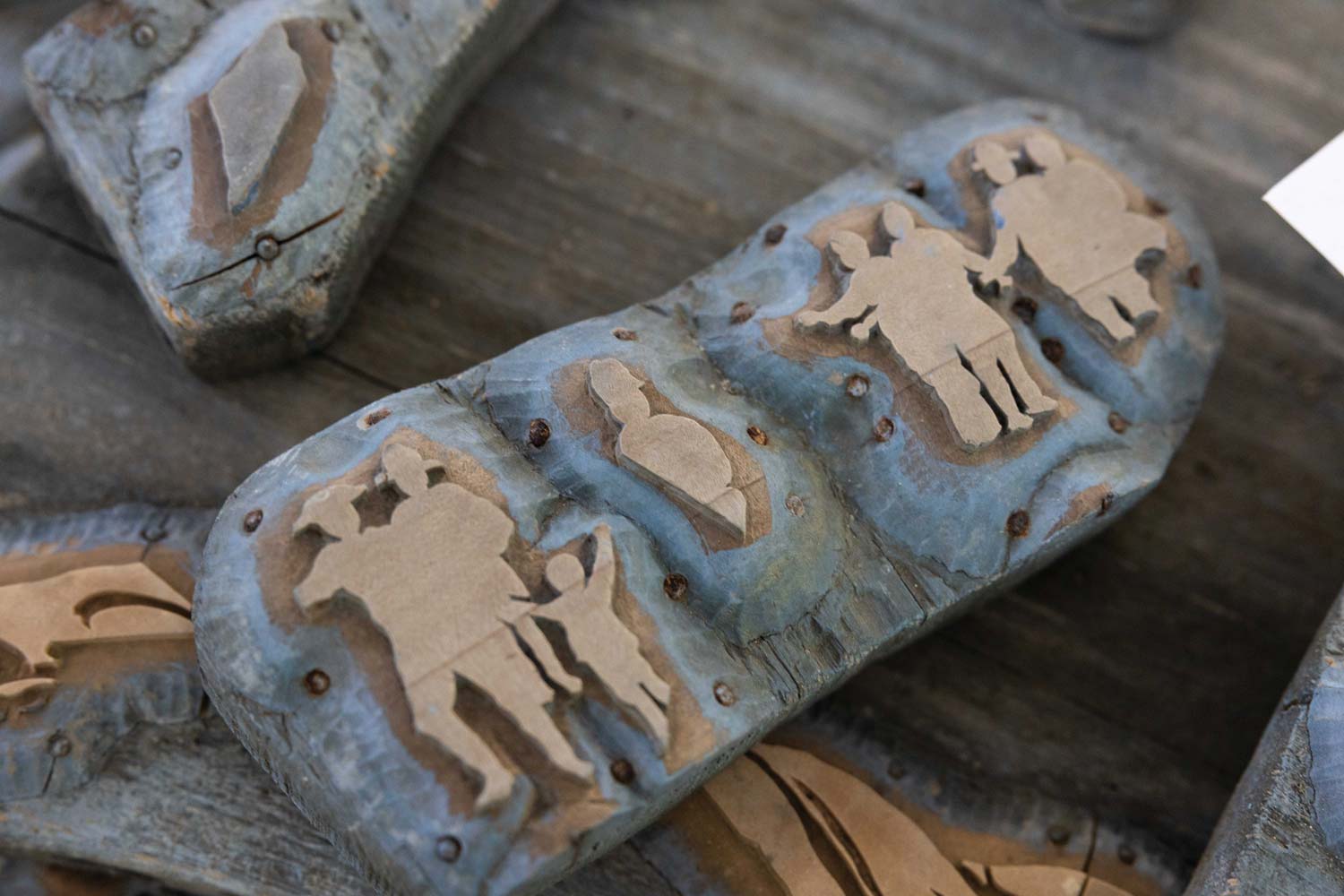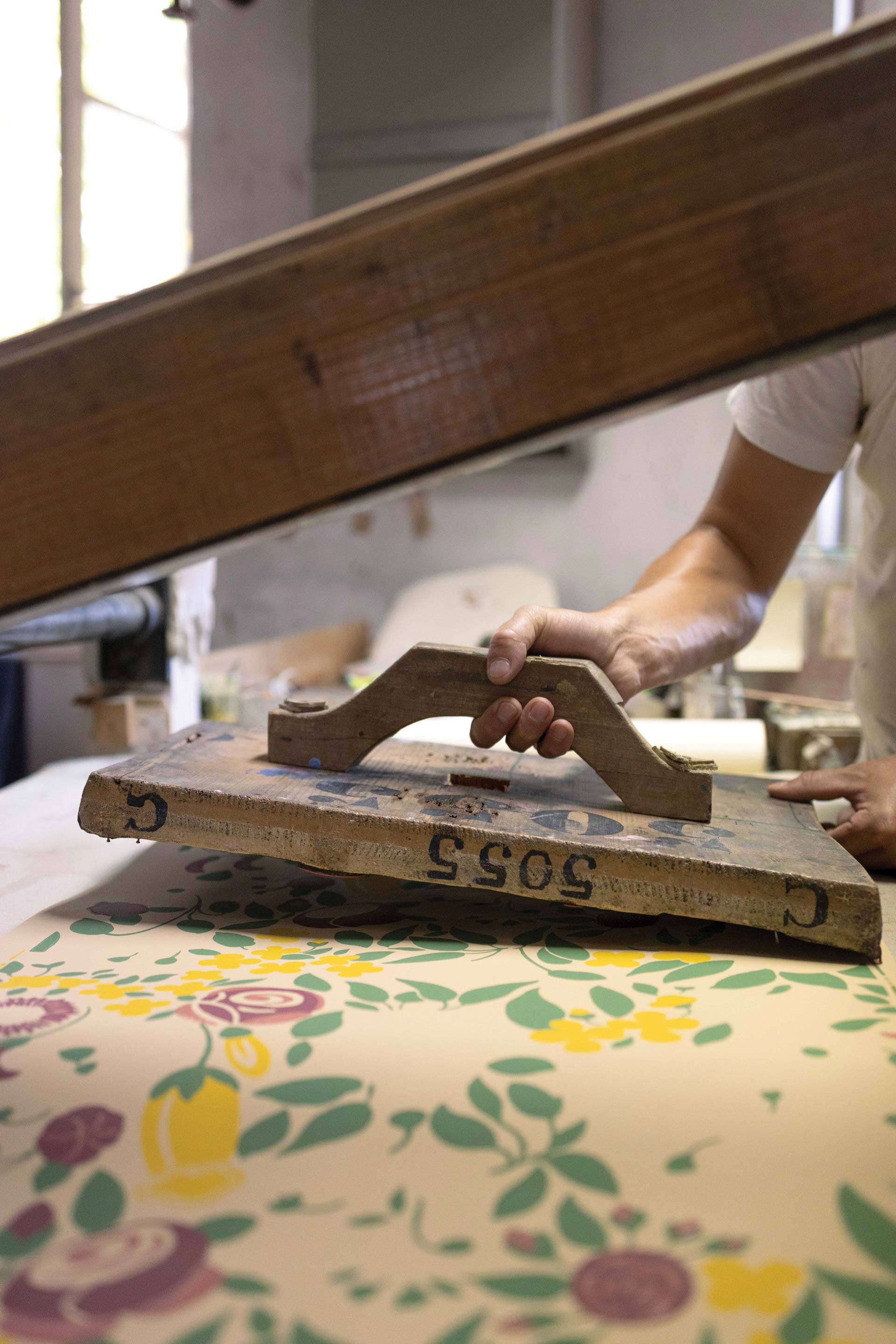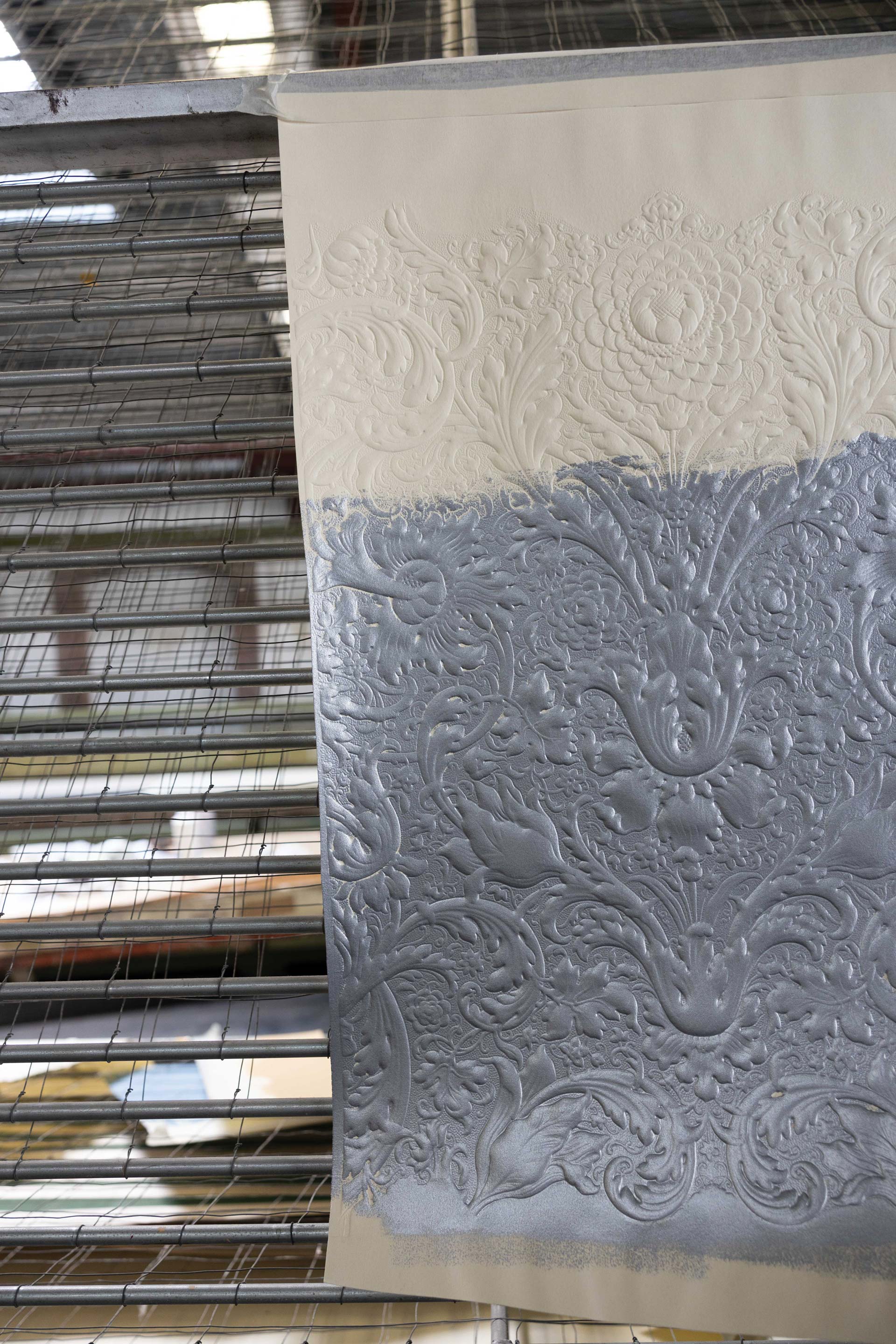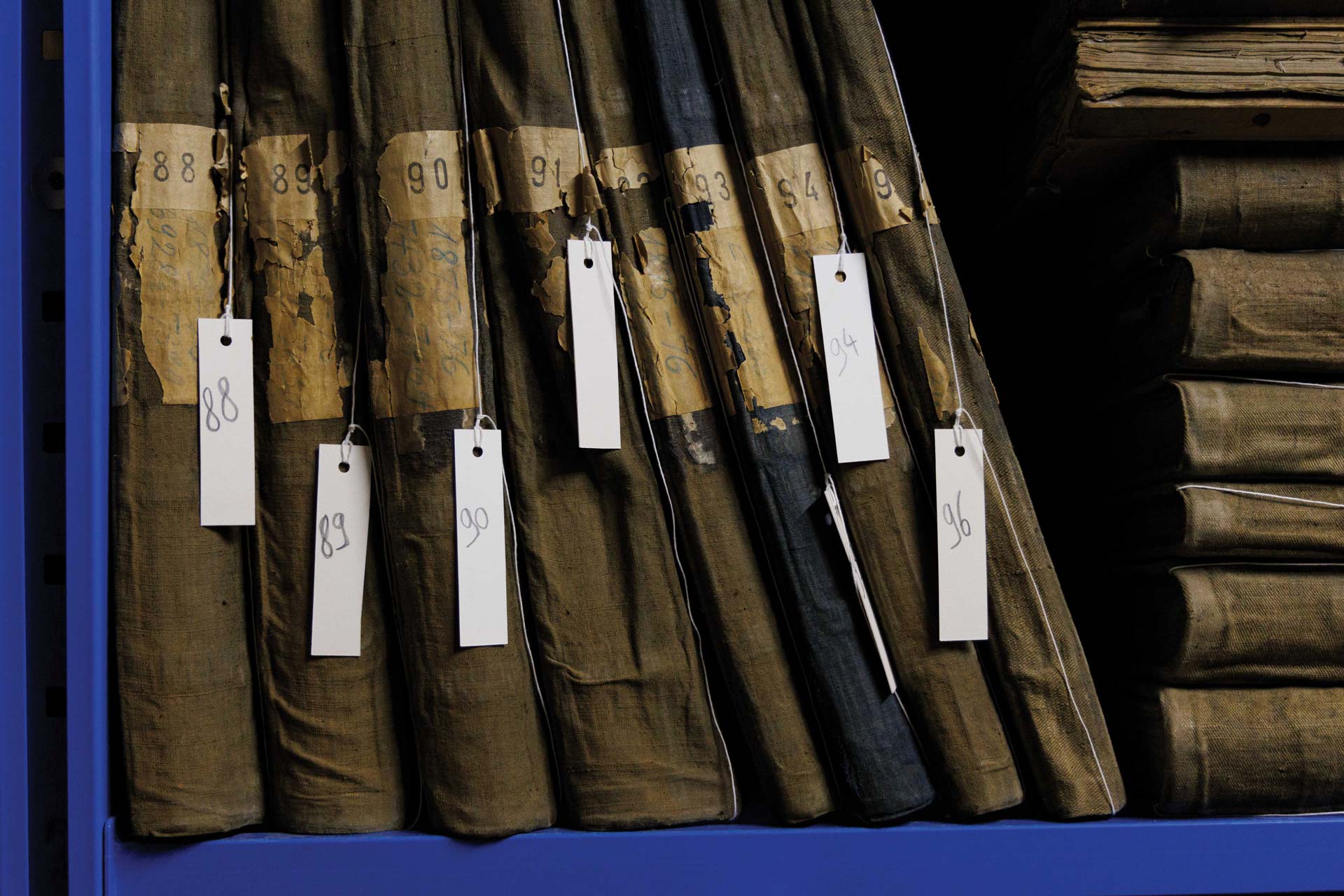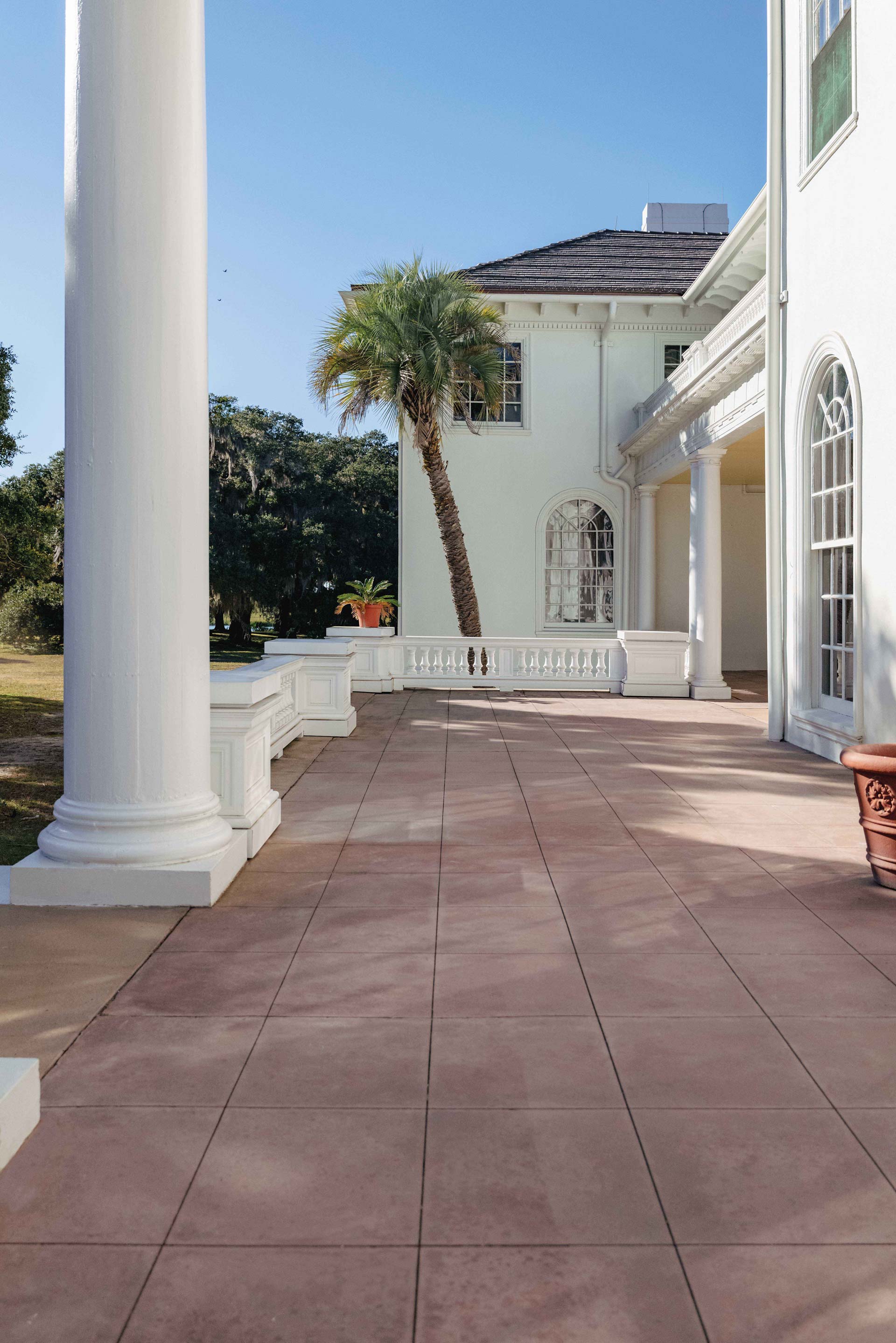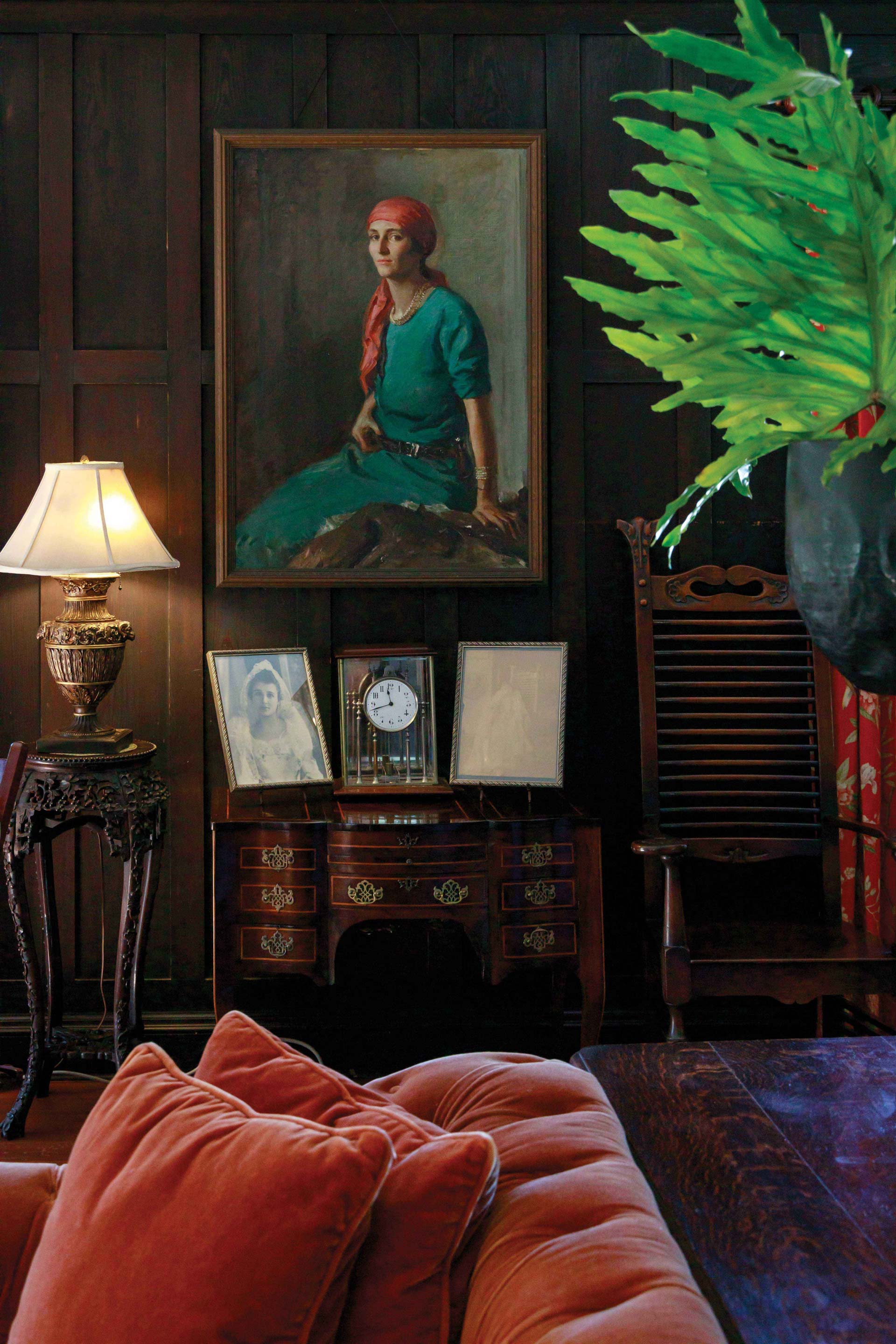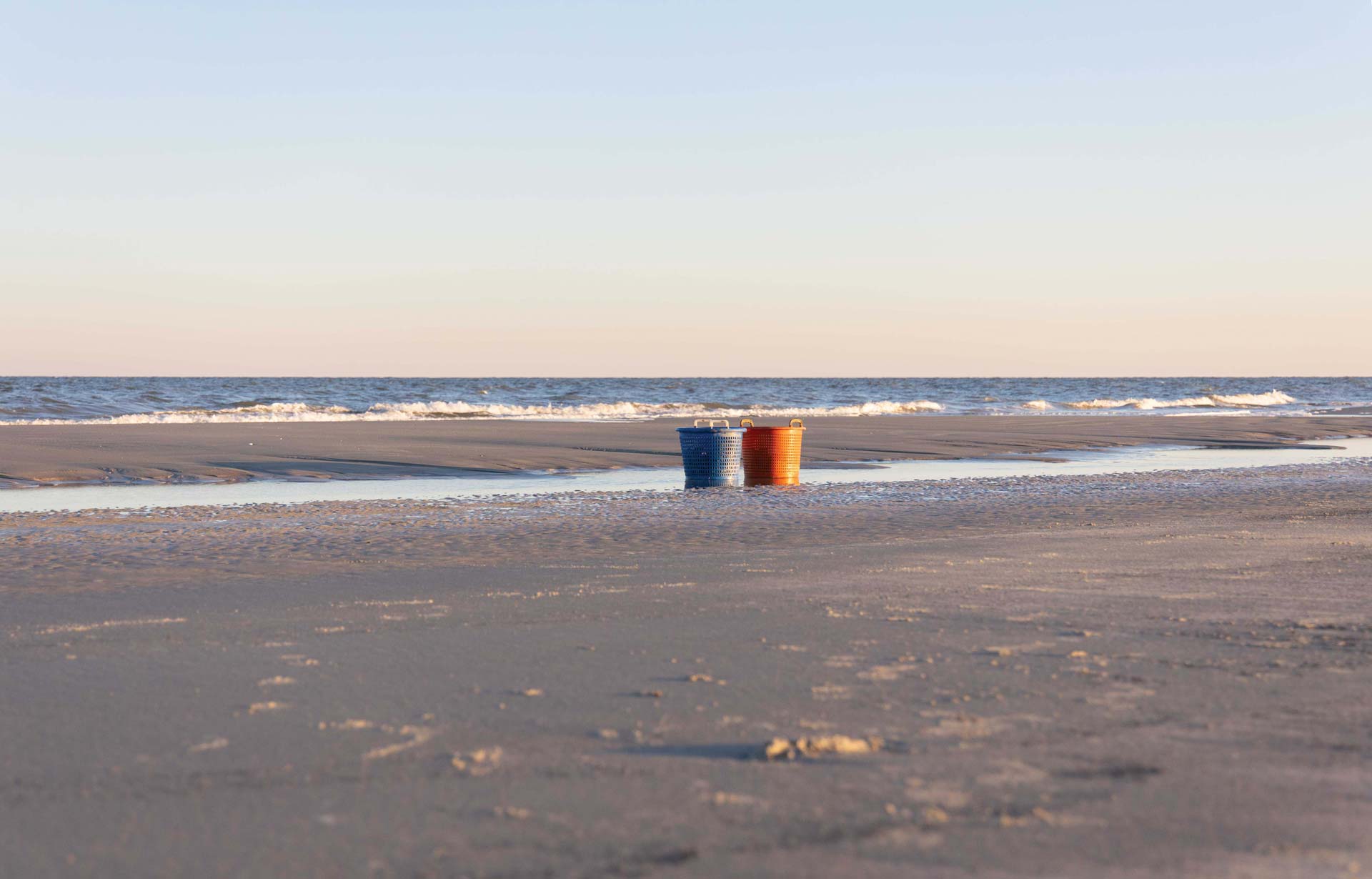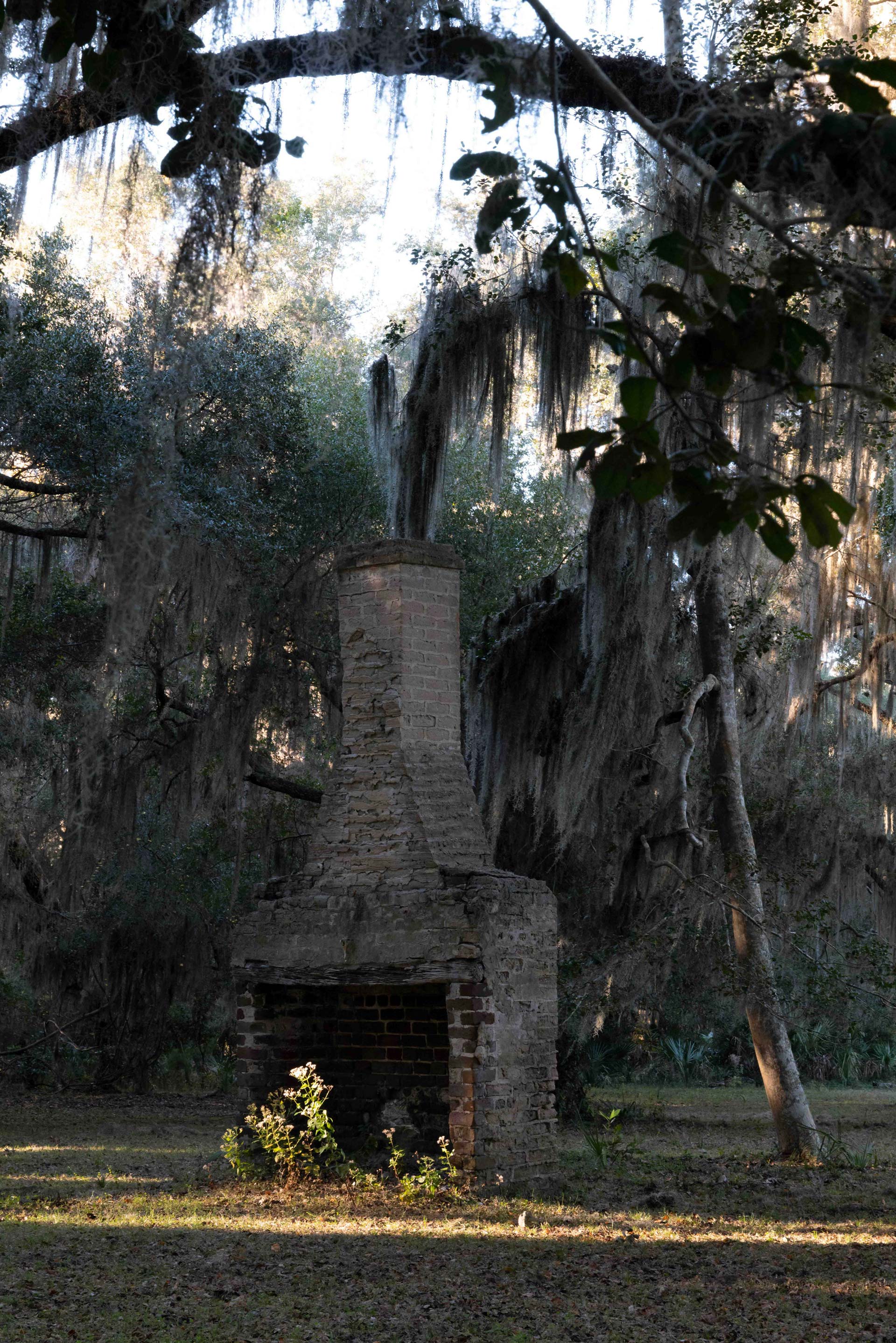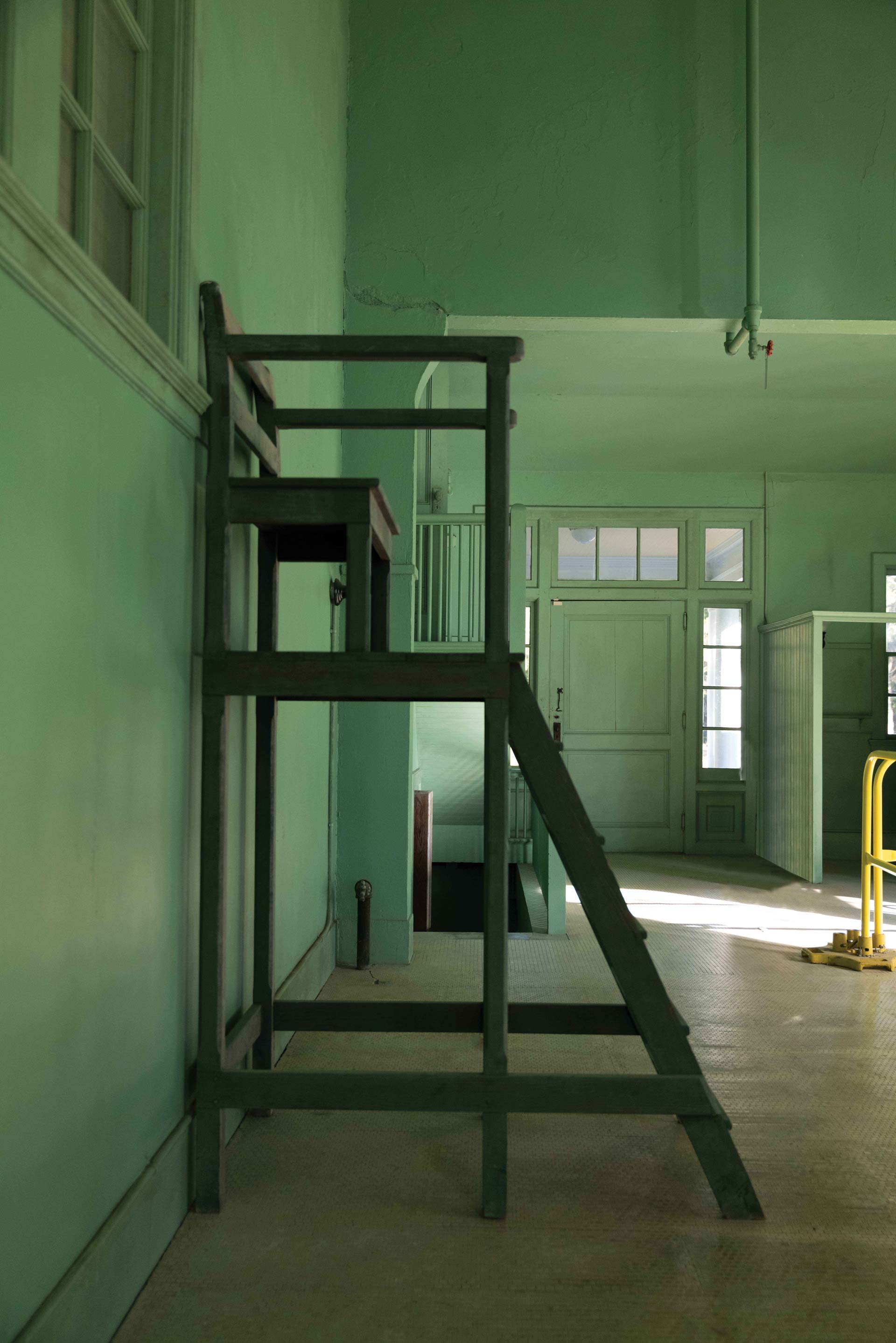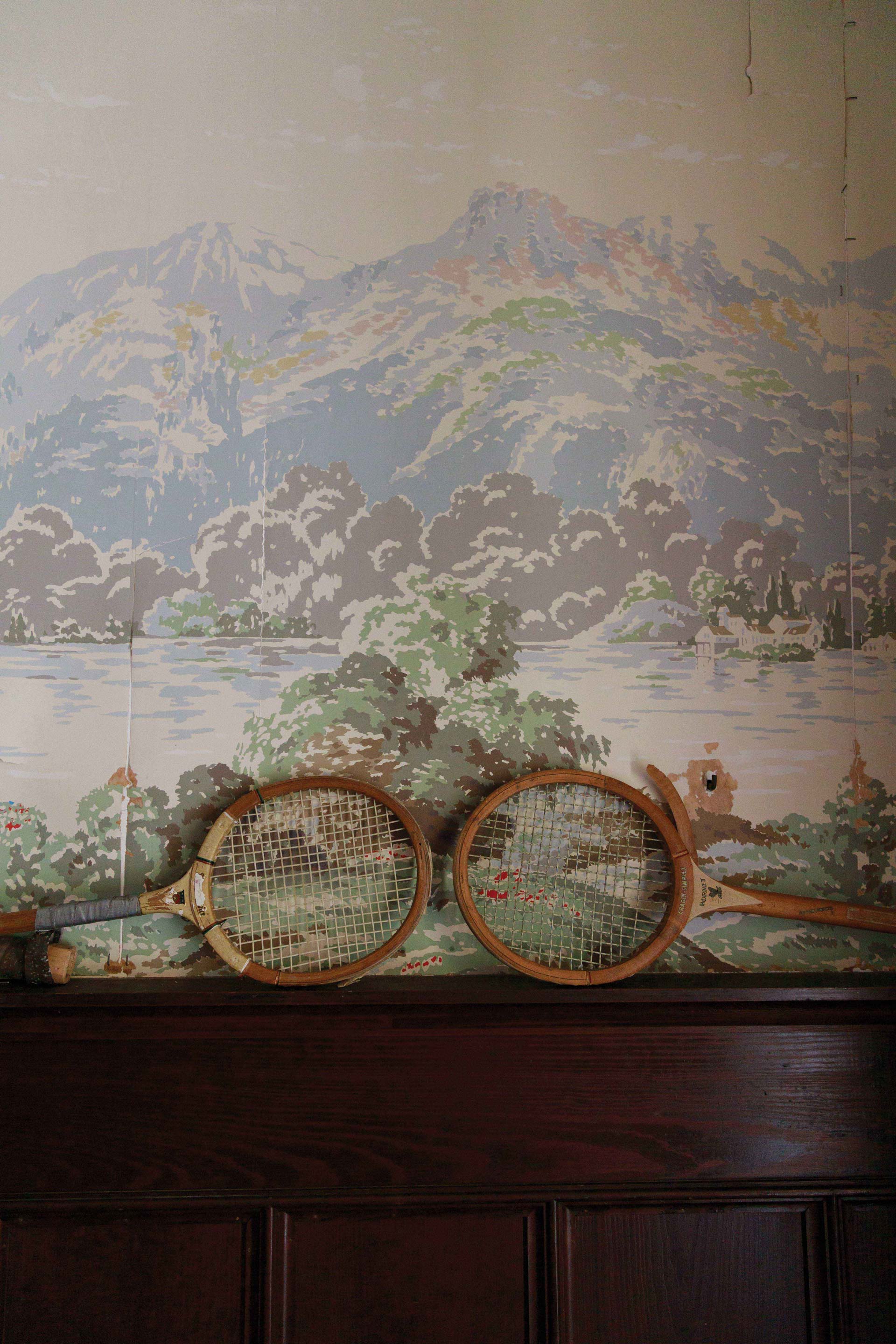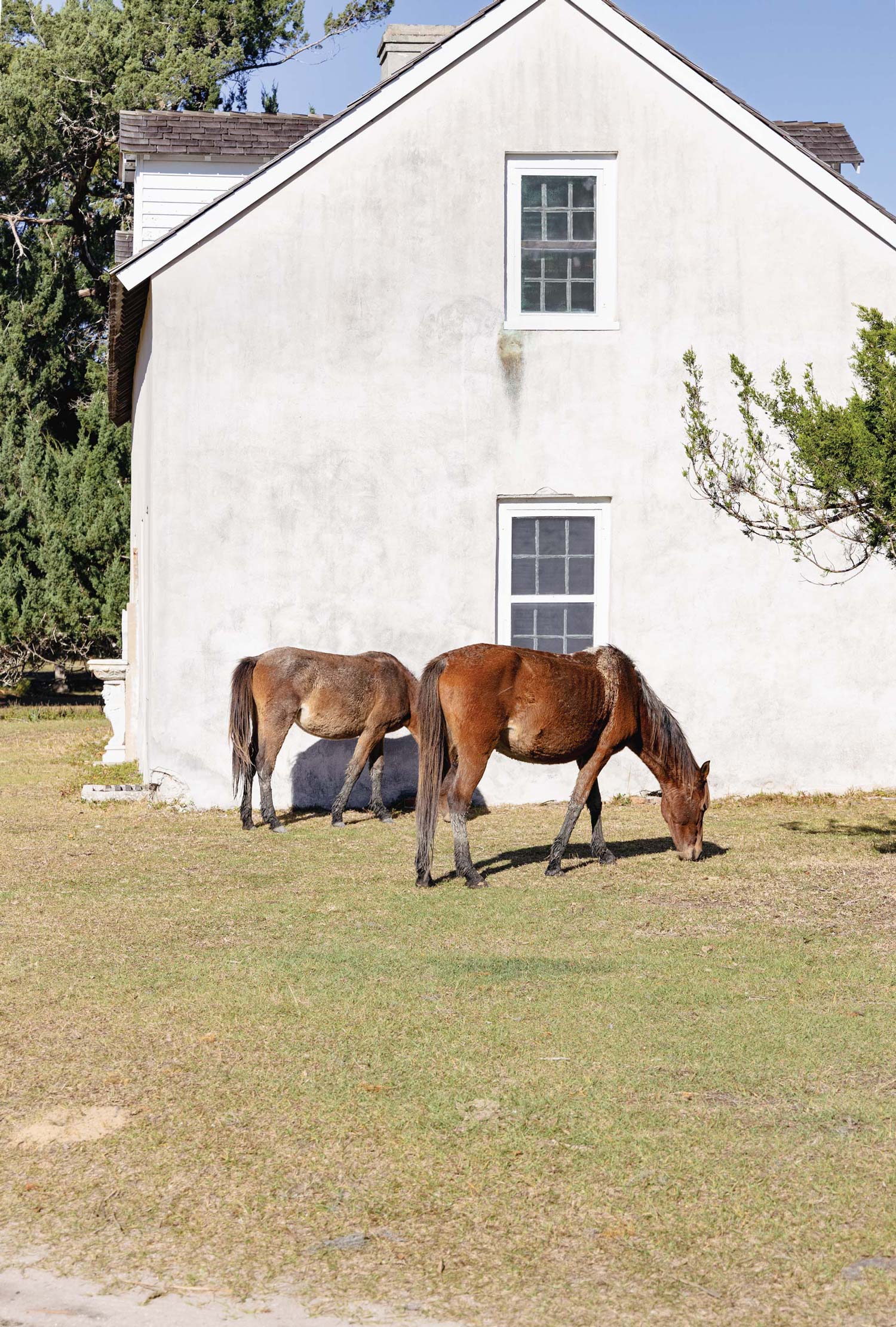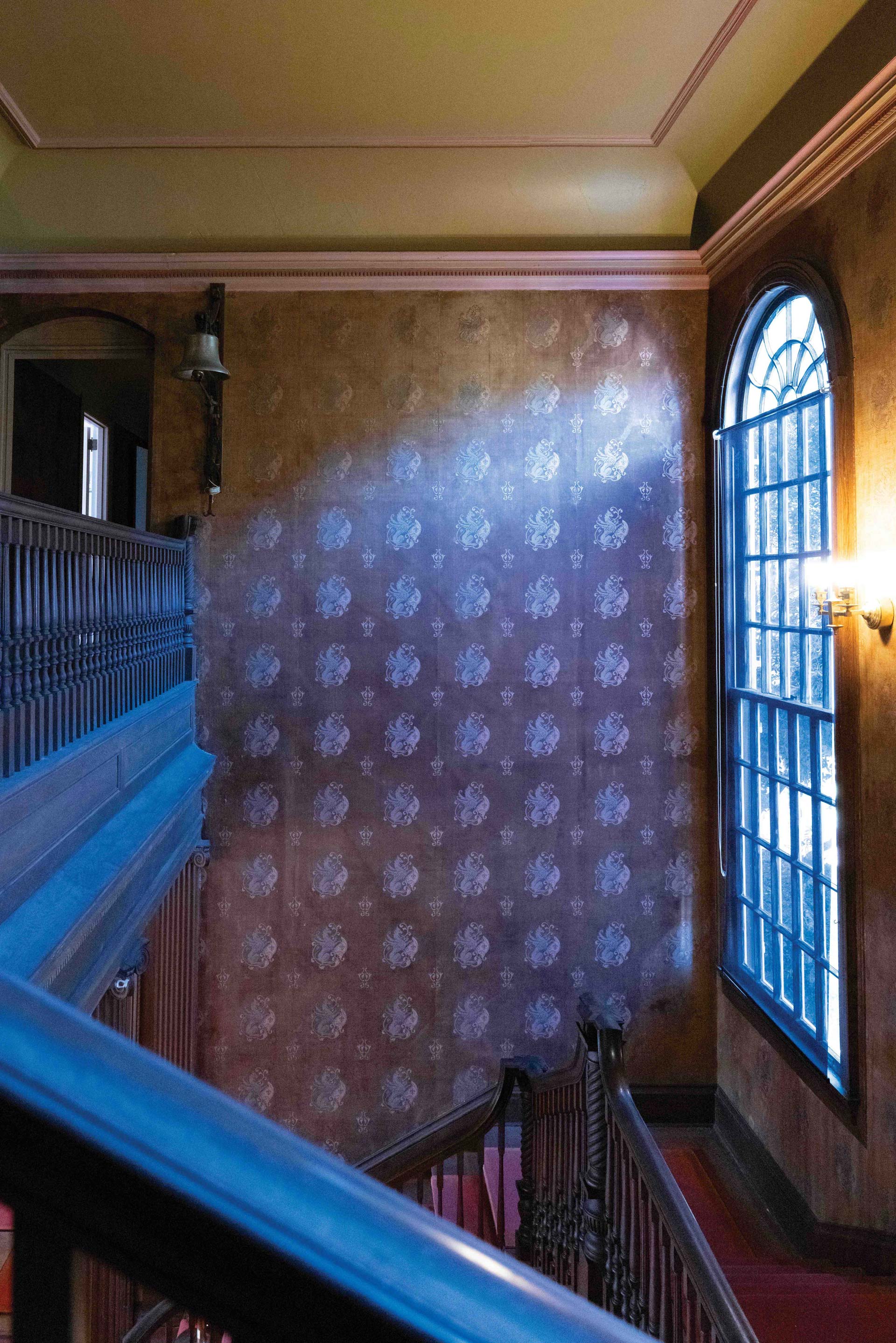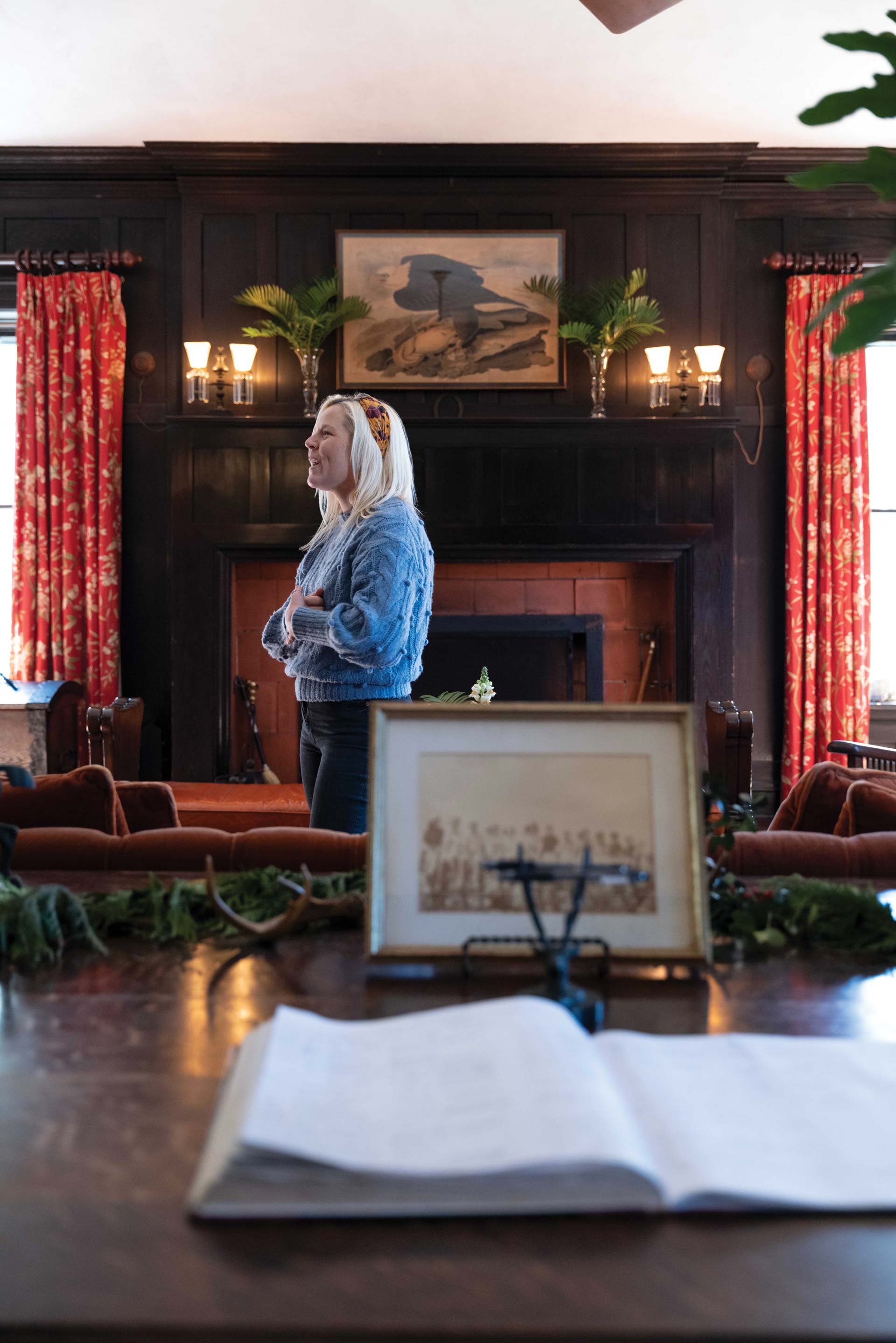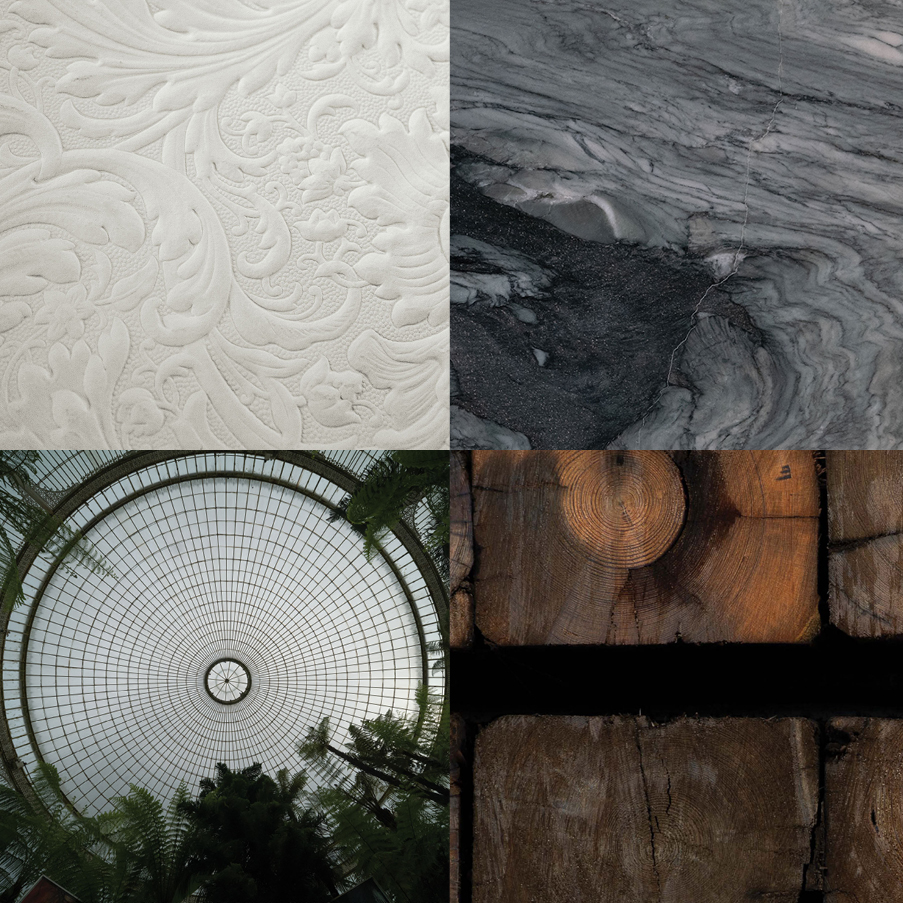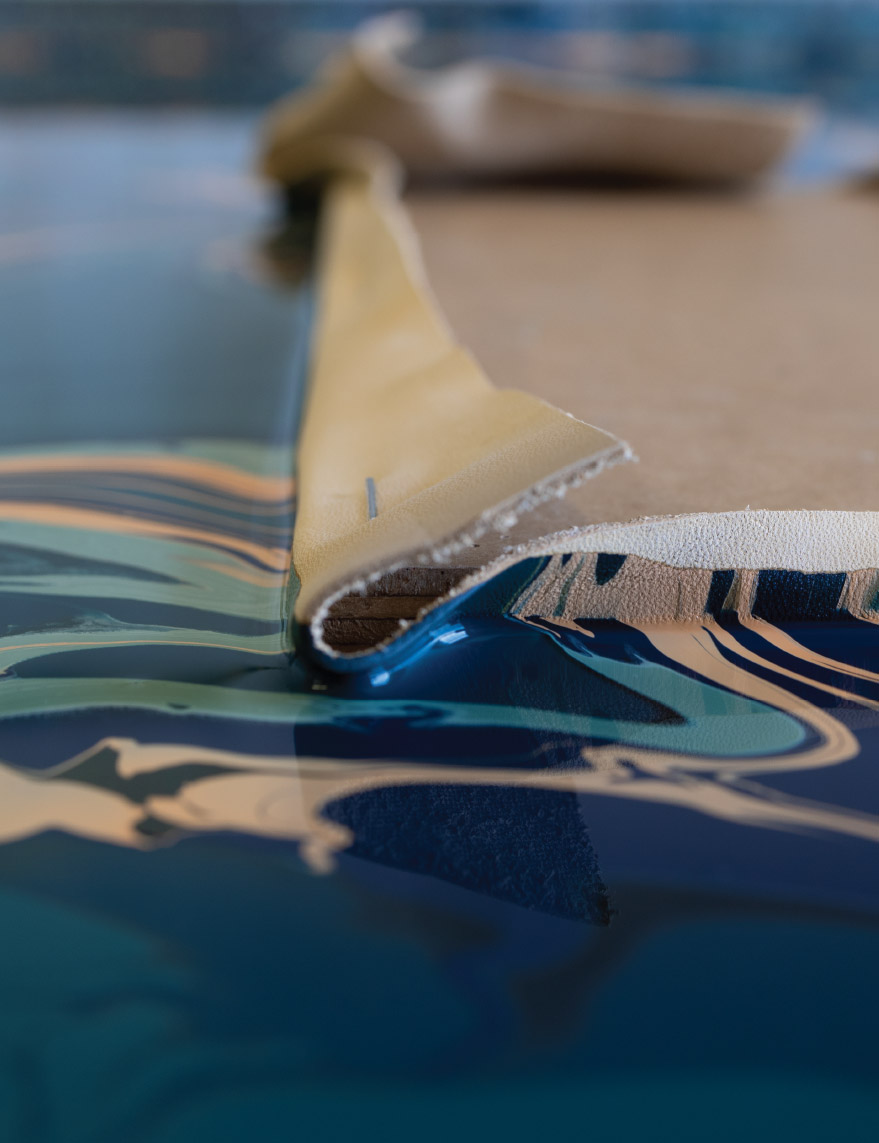CUMBERLAND ISLAND, GEORGIA
BEHIND
THE SCENES
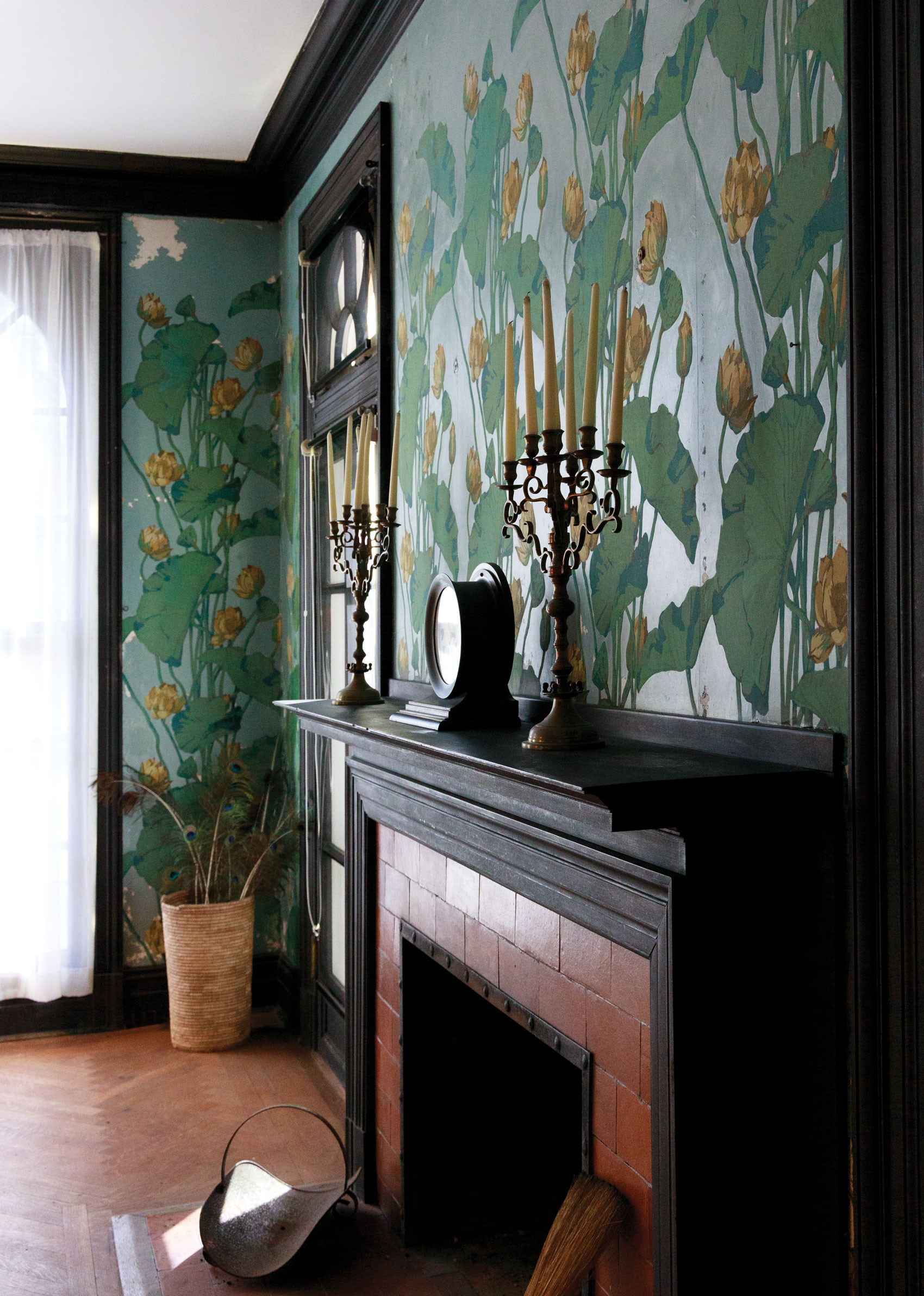
Thousands of miles off of Cumberland’s pristine beaches, across the Atlantic Ocean in a picturesque town along the border of France and Switzerland, is a place equally steeped in tradition, equally unmarred by the passage of time. And the link between these two worlds is the stuff of both legend and lore, and a mystery we, and they, are only beginning to unravel.
Though this generational lore certainly seemed credible given the wallpaper’s aesthetic hallmarks and the fact that it was frequently used in the great houses of the time, it had yet to be confirmed, and furthermore, Zuber and its team of archivists halfway across the world had yet to weigh in on the matter. The possibility of linking these iconic places together was too irresistible–we had to at least try to verify the source. What followed was a chain of events that revealed more than just the connection between two legacy institutions. Beyond setting out to solve “The Mystery of the Wallpaper,” our year-long, bi-continental tale of two landmarks took on deeper resonance, revealing how the human story behind buildings and places and the traditional handcrafts that emanate from them shapes history in unforeseen ways. Like that relic of wallpaper, it leaves an enduring imprint of artistry and craftsmanship.
But even amidst all of this beauty, including the public museum featuring murals of Zuber’s legendary designs, scenes of iconic historical pastorals, what we were really searching for—and hoping for a rare opportunity to see first-hand—was behind the scenes and largely inaccessible to the public:
More than just a company treasure, Zuber’s blocks were recently designated a historic monument by the government of France. And they are unparalleled; no one who has glimpsed the wallpaper or maintains even the most superficial knowledge of the craft can fail to appreciate the commitment and craftsmanship represented in this collection. But seeing them up close, stacked floor to ceiling and wall to wall—well, it’s truly awe-inspiring.
Each block is numbered and stored on metal shelves marked only by hand-lettered labels denoting the contents of each stack. Contrary to the basement’s relatively small square footage, it feels vast up close. There’s not much room to move between the aisles, and it’s dimly lit toward the outer rock walls enclosing the entirety of the cellar, but the walkway in between the left and right shelving units runs the length of the space (from an ancient, now defunct door at one end to the opposite wall, bare save for a small fire extinguisher). From this central path, it’s possible to take in everything at once.
The effect is dizzying. That these blocks endure, and in this immense volume, is a marvel.
To begin each new commission, the artists pull the blocks required to render their designs from the inventory and carry them by hand up the spiral staircase connecting the subterranean hold with the floor above.
Across the courtyard, another private space within the museum contains similarly impressive catalogs meticulously documenting where this work ended up. One look and it’s easy to see why Zuber has only just begun updating these archives in a more modern organizational system. (At the time of our visit, an intern, who had been working continuously for months, had only made it through the early 1820s.) Within these binders and reams of paper is a veritable history lesson in America’s obsession with wallcoverings, which hit a fever pitch in the 19th century.
